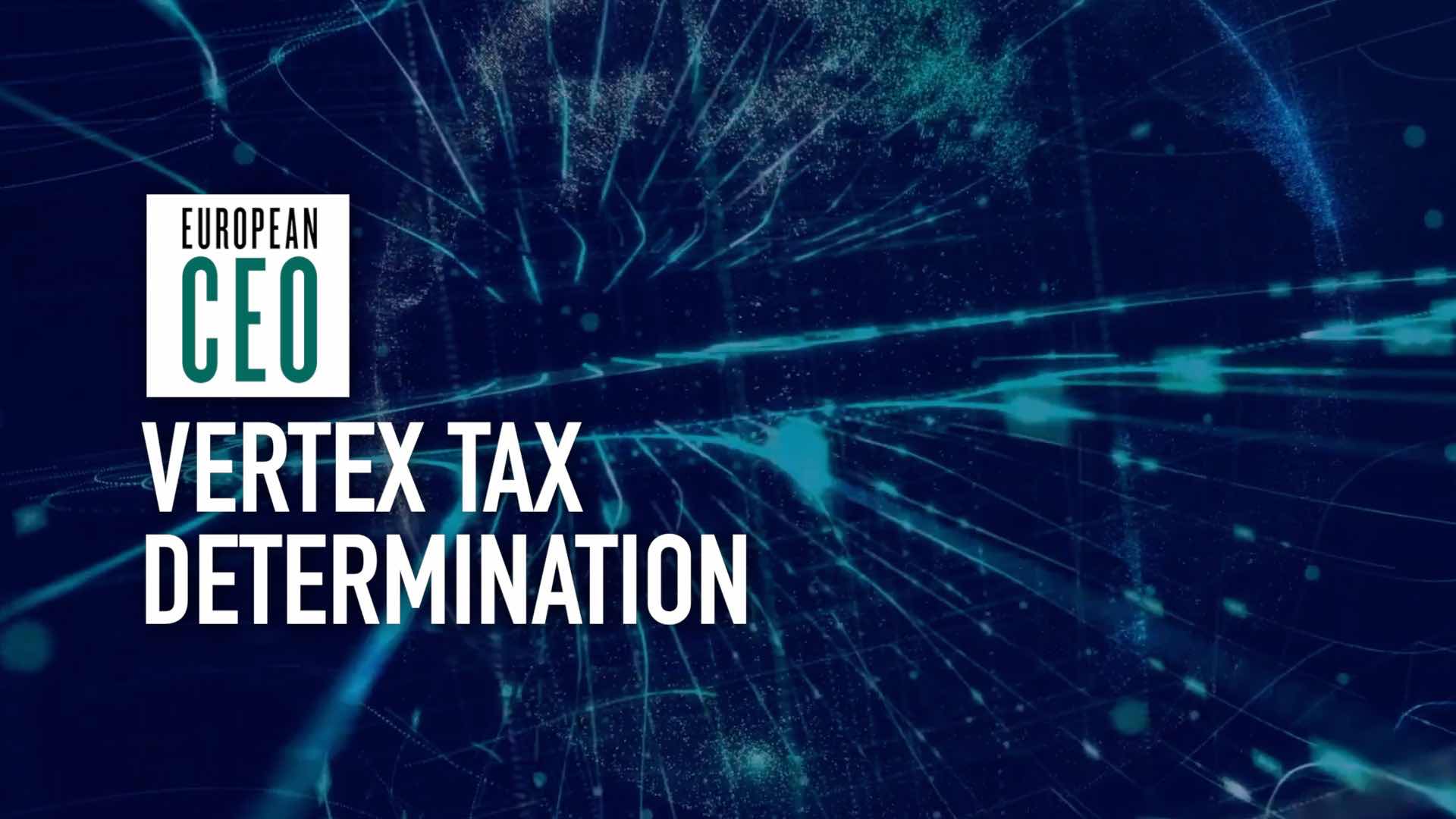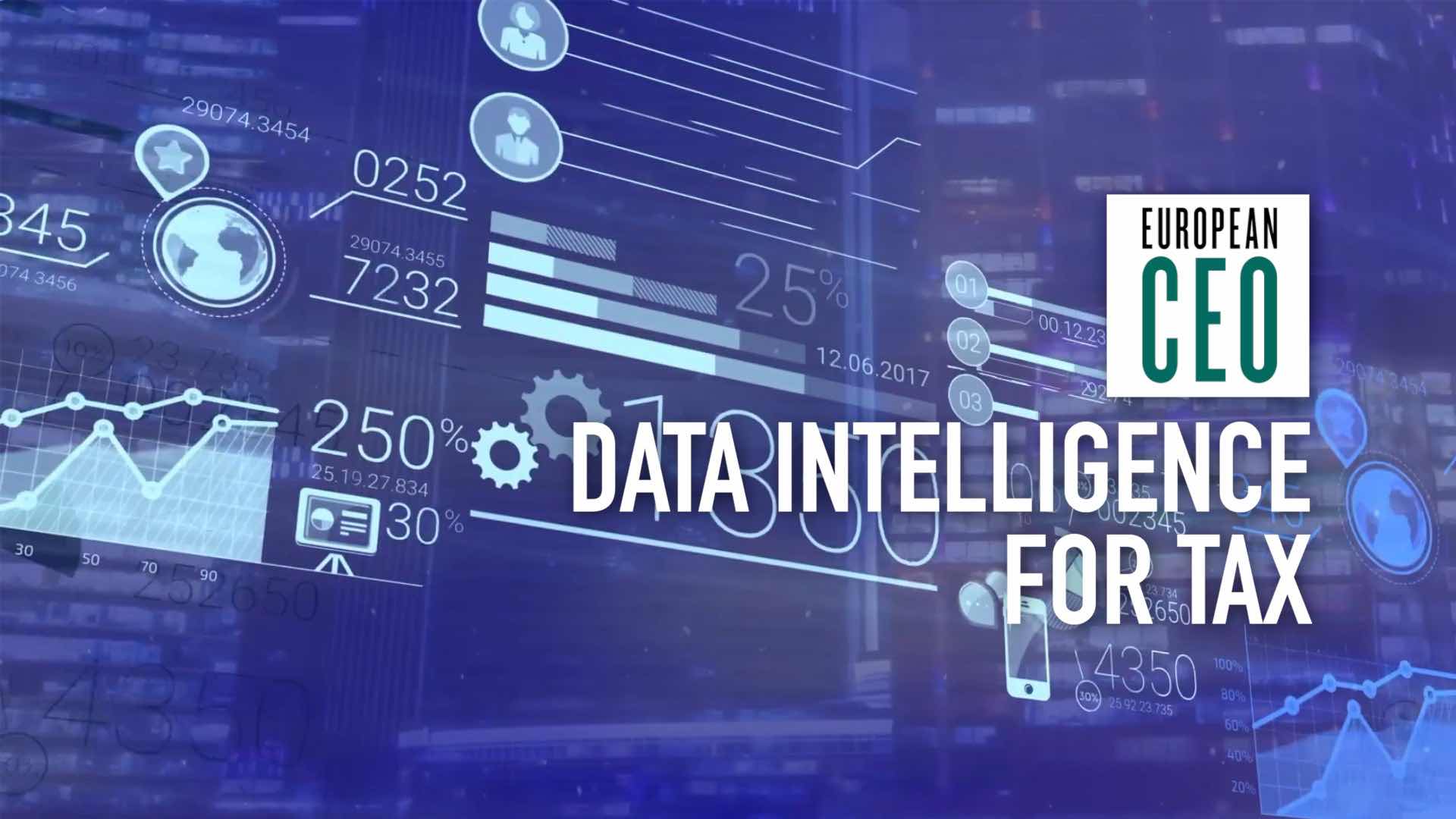Real-time reporting of tax information | Vertex Exchange Europe 2018
Alex Baulf explores the trend from periodic and retrospective tax reporting to "as real-time as it gets"
Transcript
Tax technology provider Vertex hosted a two day conference in April 2018, bringing their experts in tax and technology together with their partners and clients. European CEO joined them to learn about the tax compliance challenges that multinational businesses are facing, and the trends in technology and automation that are helping them manage. In this video, Global Tax Management Consultant Alex Baulf explains why tax authorities are pushing towards real-time, electronic reporting of tax information, and gives recommendations to businesses on how to cope.
We’ll be adding more videos to our Vertex Exchange Europe 2018 playlist over the next several weeks, so please go and subscribe to our Youtube channel to be the first to watch all our latest updates.
Alex Baulf: One of the biggest trends I’m seeing is real-time delivery of invoice data to the tax authorities. So, we’re moving away from summary VAT return information filed by a taxpayer, to the tax authorities receiving all of the transactional information, all of the master data from the invoices, in real time.
Originally that was periodic; we’re now moving to as real-time as it gets. You know, as soon as that invoice leaves the system, the ERP or the E-Com system, that’s going to have to go direct to a tax authority. We’re seeing that in Hungary, in Italy, in Spain.
The direction of travel is real-time submission of data because tax authorities can use that data to spot fraud, look for errors, they can run a lot of data analytics, data mining. But also around the customers: are the customers VAT registered, are the numbers provided valid? It’s really a risk-based approach to audits, which allows them to look at hundreds of thousands of lines of data, rather than just the selection of invoices in person, you know, the old fashioned way.
Tax departments around the globe have to keep track of all these changes: proposed changes, confirmed changes, there are similarities between some. For example, using the OECD’s schema for SAF-T. But the real challenge is looking at the differences. Making sure the systems can cope with the reporting. Getting the right data in the right format at the right time. Being able to submit that, to have a clear audit trail to any adjustments that are made. And basically having faith in the integrity of that data.
The advice I’d give businesses is, really understand the requirements. It’s translating that into clear English, so not only you understand what you have to achieve, the to-be state. But your IT team do as well. You know, there’s a common goal, there’s a journey to get there. And then, you know there may be gaps in your current system, your current data set. And that’s when you can look to third party tools like Vertex to see if you can meet those new requirements.


 Vertex tax technology: How Siemens sought (and found) a tax calculation engine built for growth
Vertex tax technology: How Siemens sought (and found) a tax calculation engine built for growth Vertex tax technology: Global tax determination at speed and scale
Vertex tax technology: Global tax determination at speed and scale Vertex tax technology: Data intelligence for tax
Vertex tax technology: Data intelligence for tax